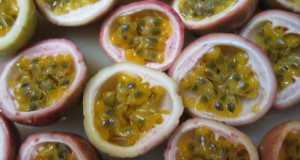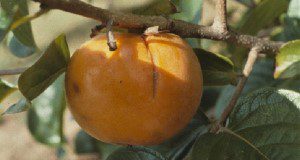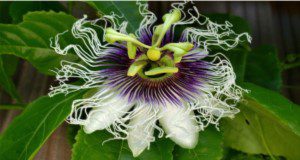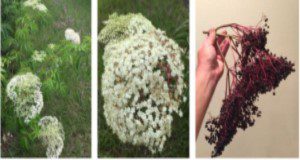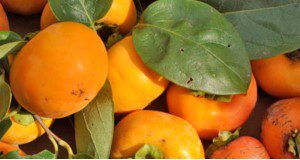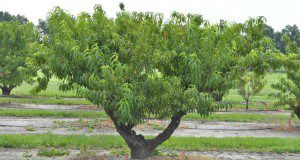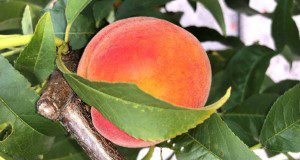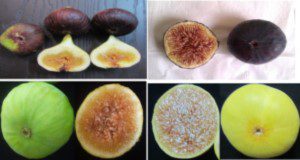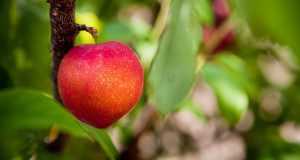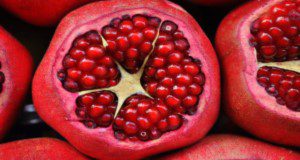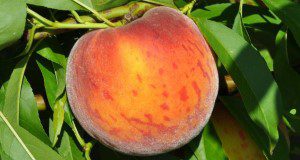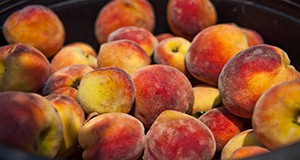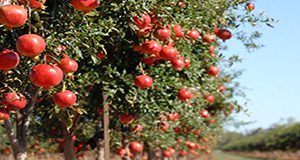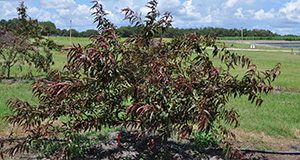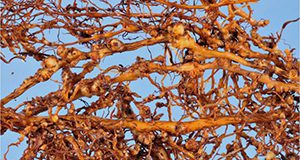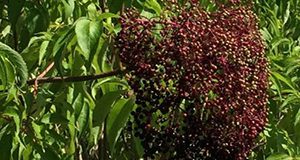
Elderberry is an alternative crop that holds promise for further commercial development in Florida. This 7-page fact sheet written by Kevin Athearn, David Jarnagin, Ali Sarkhosh, Juanita Popenoe, and Steven Sargent and published by the UF/IFAS Food and Resource Economics Department reviews information on markets for elderberries and elderflowers and estimates establishment costs and potential returns for a 3-acre elderberry orchard in Florida. The information is intended to assist farmers in evaluating elderberry as a possible alternative crop. Includes guidance on financial planning for an elderberry enterprise.
https://edis.ifas.ufl.edu/fe1093
